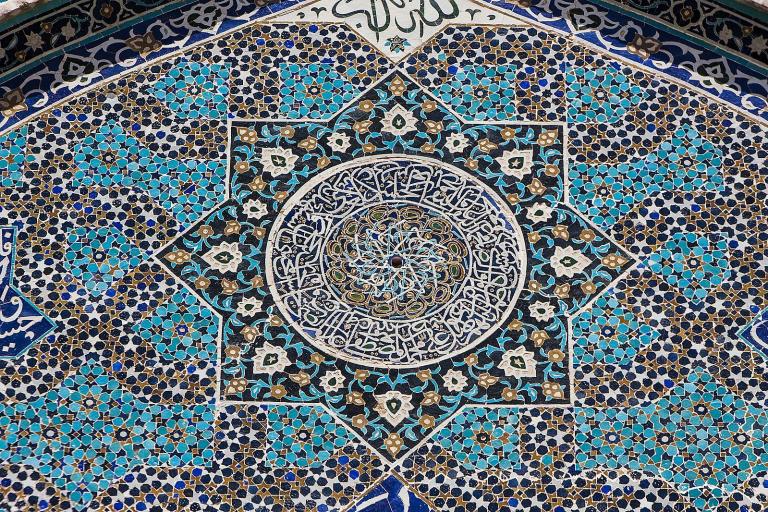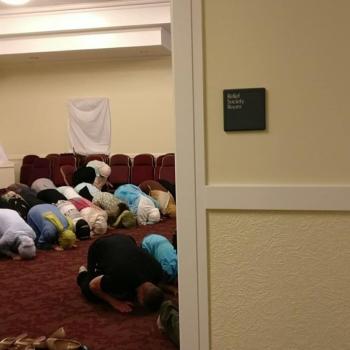
Wikimedia Commons public domain image
Apparently I already posted this little collection of notes sometime last year. But some folks evidently didn’t see that posting, so I think that I’ll finish it:
Similarities (continued)
Both Islam and Mormonism see an end to history, which is moving in linear fashion toward a divinely-determined goal. There are many prophecies about the Last Days in both faiths, and these prophecies are, in a number of ways, rather similar. In Islam, Jesus will return and confront al-Dajjal, an anti-Christ figure. There will be earthquakes and great destruction and, finally, the Last Judgment.
All human beings will be resurrected—literally, bodily—and brought before God for judgment, in both faiths.
When the Prophet Muhammad died, a dispute arose regarding the succession. The group that came to be known as the Shi‘ites holds that his successor (the imam) must be his closest surviving male relative. The so-called Sunnis believe that the lineage of the successor (the caliph) is relatively unimportant, so long as there is a successor to enforce and interpret the law. There is obviously at least a superficial similarity here to the split between the Latter-day Saints and the Reorganized Church. (In practice, however, the line of Shi‘ite imams seems to have died out in the late ninth century, and the Sunni caliphate was abolished by Mustafa Kemal Atatürk, the reformist founder of modern Turkey, in the early twentieth century.)
The Qur’an is a book of revelations received by the Prophet Muhammad over the course of his twenty-two year ministry. The revelations are arranged, roughly, according to chronological considerations. It is not a narrative about Muhammad, and was not written by him, but is believed to represent the actual voice of God speaking to his prophet (either audibly or by internal inspiration). In several respects, it can be compared to the Doctrine and Covenants.
Islamic culture, like Mormon culture, tends to be patriarchal and to place considerable emphasis on the family. Many of our values (e.g., chastity) are similar. However, Islam allows greater latitude to a double standard than Latter-day Saints can tolerate. (In other words, female chastity tends to be more vital in Islamic eyes—in practice, although not in theory—than does male chastity.) And, while the family plays an indispensable role in Latter-day Saint doctrine and expectations for the afterlife, it appears to be more of a cultural matter in Islamic areas. (Illustration: Plural marriage was an innovation, mandated by revelation to Joseph Smith, in nineteenth century Mormonism. In Islam, although polygamy is permitted, it has no particular religious significance. Islamic law simply regulates a pre-existing practice.)
That said, however, it is clear (with all the talk of the houris, or the virgins of paradise) that Islamic expectations of the afterlife do include gender differentiation and continued sexual behavior. Although the parallel to Latter-day Saint doctrines relating to eternal marriage is only vague, it has been the object of considerable mockery among critics of the Church from the nineteenth century until today.
Stay tuned for “Differences.”












